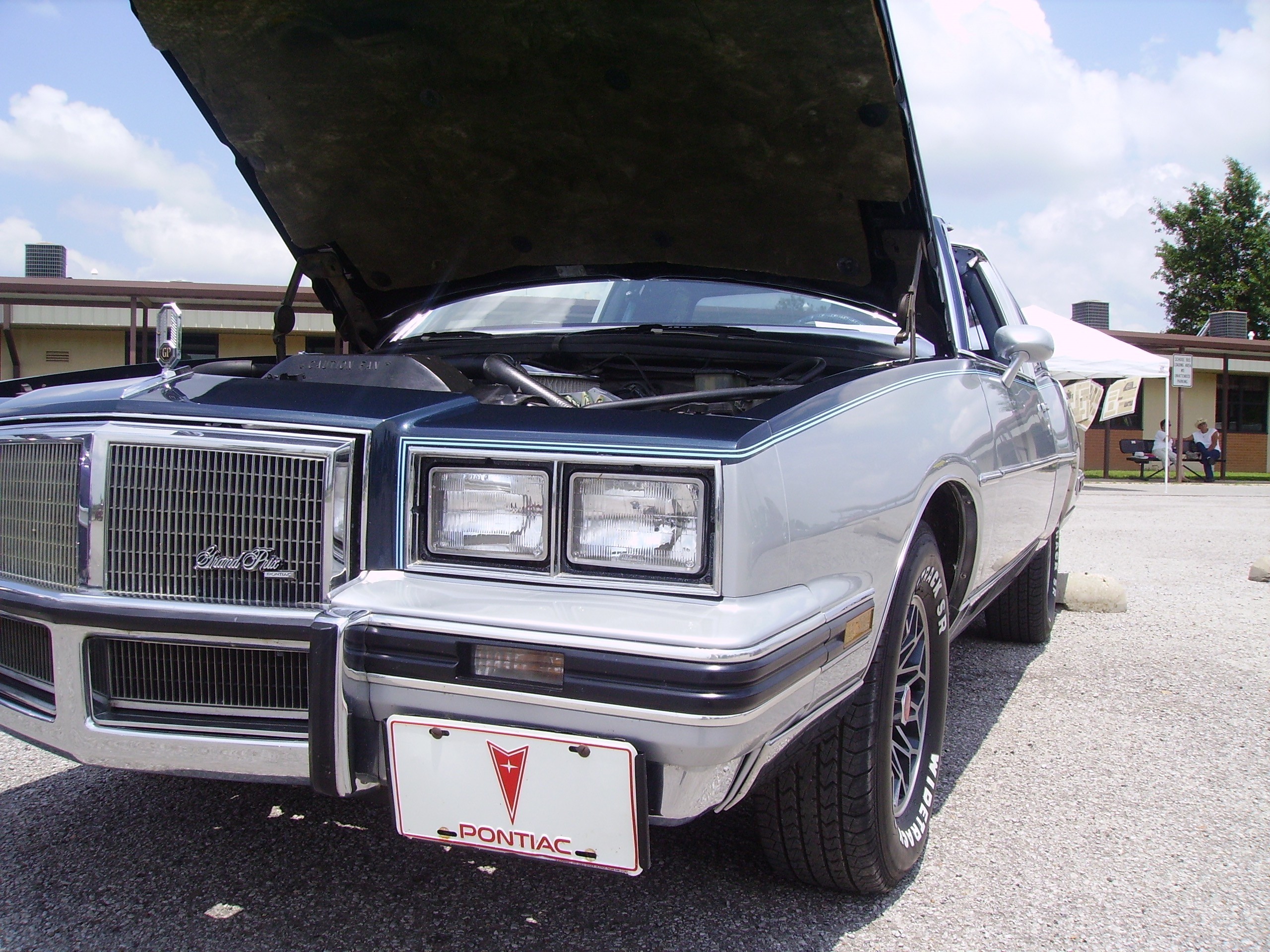The term “G Body” often sparks debate among classic car enthusiasts, particularly those focused on GM models from the late 70s and early 80s. This article aims to clarify the distinction (or lack thereof) between the GM A-Body and G-Body designations during this period.
From 1978 to 1981, General Motors used both “A” and “G” designations for its rear-wheel-drive (RWD) mid-size cars, leading to considerable confusion. In 1982, GM shifted the “A” designation to its new front-wheel-drive platform. The remaining RWD models then became officially known as G-bodies. This included cars like the Cutlass Ciera, Buick Century, and Chevy Celebrity. However, understanding the nuances of these designations before 1982 requires a closer look at each GM brand.
G Body Designations by Brand: 1978-1981
Let’s break down the A-Body and G-Body designations by brand during the period from 1978 to 1981:
Chevrolet and GMC
Evidence suggests that all Chevrolet “G” bodies from 1978-1981 were designated as A-bodies. This includes the popular Monte Carlo, which carried the “A-sp” or “A-special” label in 1981. This distinction also applies to the GMC Caballero.
Buick
Similarly, the Buick Century and Regal were considered A-body cars from 1978 to 1981. The Regal was designated as “A-sp” or “A-special” in its 1981 model year.
Oldsmobile
The Oldsmobile Cutlass, in its various forms from 1978-1981, was also designated as an A-body car. Unlike the Monte Carlo and Regal, there was no special designation for the Cutlass in 1981.
Pontiac: The Exception
Pontiac deviated slightly from the other GM brands. From 1978-1981, the LeMans was considered an A-body, but the Grand Prix was designated as a G-body. This was likely to maintain a distinction established in prior model years. However, even the Grand Prix was sometimes referred to as an “A” body in various documentation, adding to the confusion. Despite this official G-body designation, the 1981 Grand Prix, like the Monte Carlo and Regal, was also listed as “A-sp” or “A-special” in parts and service manuals. Adding another layer of complexity, the Pontiac Bonneville, traditionally a larger B-body car, transitioned to the G-body platform for its 4-door and wagon variants in 1982.
Conclusion: Why the Confusion Matters Less Today
While the A-body vs. G-body distinction was significant during the specific period from 1978 to 1981, the widespread adoption of the “G-Body” term to encompass these GM models has largely overshadowed the earlier designations. Whether technically an “A” or a “G,” these cars share a common platform and many interchangeable parts, making the precise label less critical for enthusiasts today. The shared passion for these classic vehicles transcends the alphabetical debate.


